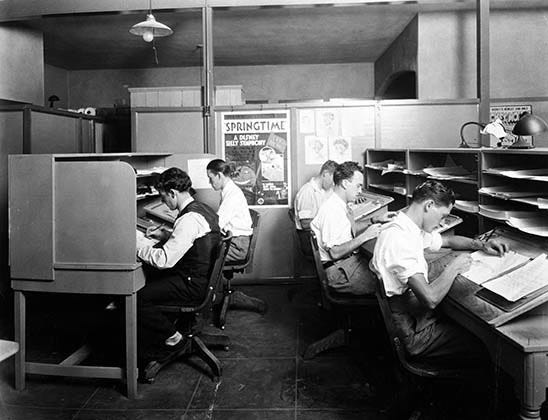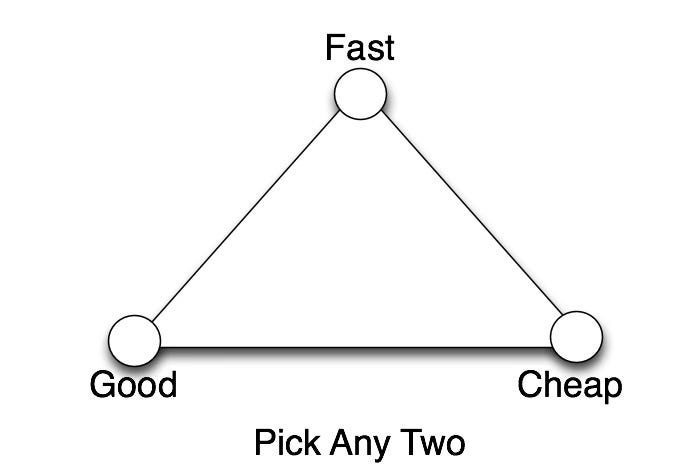After writing about training paradigms for cinematic video models and a defense of physics, this post is a return to some mellower jello.
AI video feels decidedly different in 2025 than 2024. Obviously the models have gotten better. The more important change, however, is people who are good at AI video tools are getting hired. Dollars are commissioning generative media projects. Groups are forming AI-forward production companies. These companies are acquiring other AI-forward companies. It’s starting to look a lot like capitalism.
As generative video progresses from a novelty to a reality, one wonders at the real business case of AI video. That’s what today’s post is about. Specifically, the rise of AI film studios.
For the impatient reader, here’s an overview of the column:
Why did the biggest AI film studio acquire the biggest AI film school?
What is an AI film studio? Is it a good idea?
Who are these AI film studios?
It’s all about human inputs
Promise buys Curious Refuge
Promise, one of the few venture-backed AI studios, recently bought Curious Refuge, an online filmmaking school. Curious Refuge sells courses in AI filmmaking, AI advertising, and several other flavors of AI’ing. It’s also the largest online community of AI filmmakers. People debate workflows on their Discord server, hang out at their events, and congregate around their brand in a noticeable way. The acquisition amount was undisclosed, but we can hazard a guess of in the millions.
Why would an AI film studio buy an AI film school? It’s not entirely clear. The consensus is that the deal connects the biggest pipeline of AI filmmaker talent (Curious Refuge) with the biggest magnet for AI film gigs (Promise). The second superlative of that sentence is not quite true, but could be by the end of the year.
What will this studio look like? Will it be a huge production house simultaneously doing dozens of ad jobs? Or a Disney-sized, digital galley of artists working on feature movies?
We don’t know. The deal is hard to parse because the term AI film studio is hard to parse. Indeed the AI studio business model remains both unclear and unproven.
What is an AI film studio?
An AI film studio is a company that uses AI tools to do film production more cost-effectively and perhaps (some claim) more imaginatively. In other words, they do more with less by being really good at AI.
There’s an important triangle in film production I’ve mentioned before: Fast, Cheap, Good. The general wisdom is you can only pick two. You pick all three at your own peril.
At first blush, AI film studios seem to be selecting fast and cheap. It’s plausible that AI film studios can very successfully produce advertisements and branded content on a model of fast and cheap. It’s less plausible they can create hit movies and television on this model. When it comes to entertainment, consumers care less about Fast or Cheap. They want Good.
The allure of also reaching for Good is, well, alluring. So we can expect AI film studios to soon be reaching for all three (Good, Fast, & Cheap). The logic is because AI technology is faster and cheaper than traditional methods (true), and enables previously impossible shots (also true), then they can afford to make projects better too. It could be true, but the triangle is an ancient magical emblem. It’s rarely broken.
Many of these AI studios talk about making movies and television . However, I suspect the business will be built around advertisements and branded content. At least for now.
The magic triangle aside, AI film studios are an obviously good idea. Every week we see a new AI film studio announce itself. Let’s look at a few of them.
Rise of the AI Studio
The biggest AI film studios are Promise and Asteria, which both have serious venture capital in the amount of tens of million behind them. Promise was started by Dave Clark who you might call the Michael Bay of AI film. With each new model he repeatedly achieves a cinematic quality in the outputs that becomes a bar for other AI filmmakers. Also on the Promise founding team is a 15-year ex-Youtube executive Jamie Byrne. Together they’ve raised millions and formally partnered with Google. Asteria has also raised millions and prides themselves on creating a ‘clean AI model’ called Morey that they created in-house with Moonvalley. These are the biggest and most respected AI studios. There are also quieter AI studios with investment-backing like Wonder Studios and Staircase Studios. They have less celebrated origin stories than Promise and Asteria, at least for the moment. Then there’s a host of high-performing studios like Secret Level, Massive, and GRAiL. These studios regularly do large projects, have Hollywood veterans involved, and are constantly going viral on social media.
The most highly regarded AI filmmakers have shuffled between these studios. Dave Clark started at Secret Level before starting Promise. Paul Trillo leads Asteria. Meta-Puppet was signed to Secret Level before moving to Promise. You’ll notice a direction to migration patterns here. Capital is a powerful current.
There are also smaller AI film studios like Rabbithole and PhantomX, which consist of only a couple of artists. There are even niche AI film studios like Gennie, which specializes in creating historical reenactment footage for true crime documentaries. Providing microservices for the film production is a compelling use.
It’s hard to do an exhaustive list of AI studios. All in all, there’s dozens of these studios. FBRC conducted a large survey of nearly 100 AI studios. It’s quite informative.
What’s the model?
These studios essentially offer the same thing: content creation services done by a team of filmmakers who are good at AI. Their value offer to clients is:
Save money
Save time
Create previously-impossible shots
Be innovative ‘cuz AI.
These studios have garnered online attention for being early adopters and early masters in the AI video space. Going forward, however, their competitive advantage may be somewhat shaky. Most of them rely on publicly available AI tools built by someone else. As generative AI tools become the norm across the film industry, adoption of AI tools will matter less and less.
I know many people joining these studios. It’s the obvious idea for the next twelve months. What’s less obvious is an enduring business model for the next five years.
This leaves me scratching my head about how this will play out for filmmakers. Where will the differentiation be?
I keep returning to the same sentiment.
It’s all about your inputs!
For a while now, it’s been my opinion that the best AI video interfaces will leave more room for human inputs. Even with amazing AI video models, there will still be a difference between the best things that come out of them and the worst things. That difference, necessarily, will be the human inputs that shaped them. It’s why I think we need to make more room for human inputs in generative video.
This could mean many things. More control. More responsive models. Artists want to give input— in every sense of the word.
AI video model providers are coming to the same conclusion. The Chinese video model Kling now allows object uploads through their feature “Elements”. It’s the beginning of final outputs that actually respect your intentions.
Kling is not the only one model provider thinking this way. The video model Pika allows Pikaswaps, which lets you replace an object in a video with an object you upload.
I think it’s an important trend. I expect it to continue.
Meet all the AI film studios
So who’s doing this work at the highest level? What do they look like, what do they offer, and where are they headed?
If you’re in LA, you can meet them all. Later this week I’m helping organize a conference called AI on the Lot in Los Angeles on May 28-29. If you’re interested in AI film studios, their business model, their work, their perspectives, etc. then I recommend checking it out. Almost every major AI studio will be there giving presentations about their studio. There will also be a panel called “What’s the AI Studio Business Model” with several AI studio leaders moderated by the Reel AI’s
.In addition there will be a lot of other programming about AI and film industry. If you’d like to come, let me know.









I am one of the few AI filmmakers that have created not one - but TWO - feature length AI-powered films. (I am also well into the creation of a massive Magnum Opus, developing a sci-fi world and story every bit as rich and complex as The Lord of The Rings).
I spend a LOT of time watching other people's AI-powered films, and I can tell you that I have seen more artistry and creativity in an average AI-powered film fest than I have in the last 50 years out of Hollywood.
Yes, new studios are being formed - I run AI Creator House, as well as a large guild of other creative, active, accomplished AI filmmakers, and our guild will soon be joining other guilds, with recognition and any income being divided fairly among the contributors.
Judging studios by funding is ridiculous. Hollywood is dying because their movies are made for the sole purpose of making money, and when a studio makes films for the sole purpose of making money, they are already irrelevant.
Here's my latest AI-powered feature film, and winner of Best Science and Technology film at the Cannes World Film Awards, Nobody Believes Cassandra:
https://youtu.be/2sw4TFGbv0w
The $600 million movie is dead. Long live the $600 film.
It seems like when it comes to web-based short and medium length content AI studios will quickly dominate. The same is true of the advertising realm.
But when it comes to the world of Hollywood — I think the obvious low-hanging fruit is in the realm of taking over some of the work done by effects houses for far cheaper.
This is the area that Hollywood has consistently outsourced to specialized companies for decades and is consistently focused on producing quality product at a cheaper price.